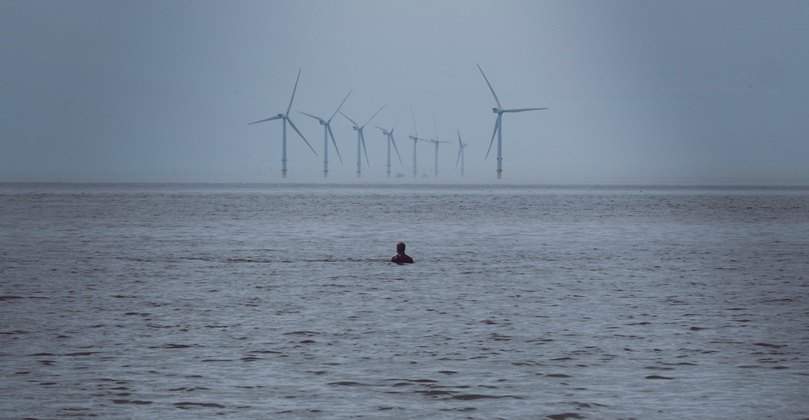Dutch transmission system operator TenneT stated that its offshore grid connection systems, which include eleven connections has reached a total capacity of 6.23GW.

Image: TenneT’s grid connection for offshore wind reaches 6.2GW. Photo: Courtesy of Jack Hunter/Unsplash.
TenneT Managing Director Wilfried Breuer said: “With this, TenneT has now almost entirely achieved the federal government’s expansion goal of having 6.5GW of offshore wind capacity by 2020. Already this year, TenneT will exceed this goal since the completion of BorWin3 in the course of 2019 will put a total of 7.13GW of transmission capacity into operation in the North Sea alone.”
By the end of 2023, another connection system will follow in the form of DolWin6, which will bring the available transmission capacity in the North Sea up to 8.03GW.
The wind energy transmitted from the North Sea by TenneT amounted to 16.75 terawatt hours (TWh) in last year– a new record. This would be enough, for example, to cover the annual consumption of more than five million German households. The result in last year exceeded the previous year’s value (15.97TWh) by 4.9%. Measured against the total wind output of Germany (106.45 TWh, offshore and onshore counted together), the North Sea wind contribution achieved a healthy share of 15.7% in 2017.
Wilfried Breuer said: “It was foreseeable that the increase in the transmitted quantity of wind energy from sea to land in last year would be less pronounced than in previous years, making it all the more important to further accelerate the grid expansion on land in order to have the grid capacities on land needed to transport the electricity to the consumption-heavy regions of western and southern Germany as soon as possible.”
In parallel with this, TenneT is developing and participating in numerous innovative approaches and projects involving smart future technologies, digitalization of the electricity grid, increasing of its flexibility and advancing the coupling of the different sectors.
Breuer continued saying: “We are aiming at planning security and greater cost efficiency.”
One current innovative approach in the offshore area is the planned 66 kV technology that will be used for connecting the offshore wind farms to the future TenneT connections of DolWin5 and BorWin5. This technology can reduce investment cost and operational expenses by millions since the offshore transformer platforms of the wind farms are no longer needed and significantly less cable is required for connecting the individual wind turbine systems.
Source: Company Press Release
